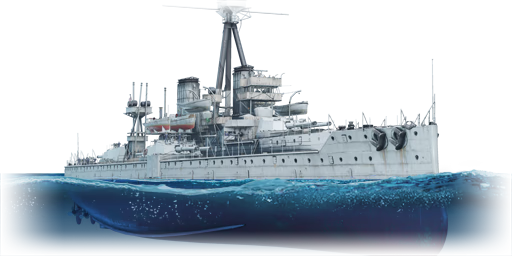The launch of HMS Dreadnought in 1906 redefined naval warfare, sparking a new arms race and dividing all battleships into two groups: pre-dreadnoughts and dreadnoughts. She was the first battleship to combine an all-big-gun design with steam turbines, giving her an unrivalled combination of mobility and firepower, well beyond anything her competitors could achieve. In the first year of her service, she underwent rigorous sea trials, proving herself to be an exceptional vessel. From 1907 to 1911, she served as the flagship of the Royal Navy, taking part in multiple ceremonial events and naval exercises with the Home Fleet. At the outbreak of the First World War in 1914, she was based at Scapa Flow, assigned to patrolling the North Sea. In March 1915, she claimed her only kill by ramming the German submarine U-29, which had unknowingly surfaced in her path while attacking another British battleship. This remains the only recorded instance of a battleship sinking a submarine by ramming. She missed the Battle of Jutland and saw no further combat before being sold for scrap in 1921, leaving behind very few surviving artifacts.
HMS Dreadnought was introduced in Update "New Power" along with similar early dreadnoughts from the USA, Japan, Germany, and the Soviet Union. Despite having ten main guns, only a maximum of eight can be brought to bear on a target due to the presence of two wing-mounted turrets. In exchange, her chase salvo is more capable than that of a typical all-centreline battleship. She lacks any effective secondary or anti-air armament, as her 76 mm guns lack the rate of fire needed to effectively counter most threats. However, her magazines, hidden deep below the waterline, along with very few exposed crew stations, make her exceptionally survivable in close-range battles, making her an appealing option for players who enjoy brawling and pushing the enemy team.














